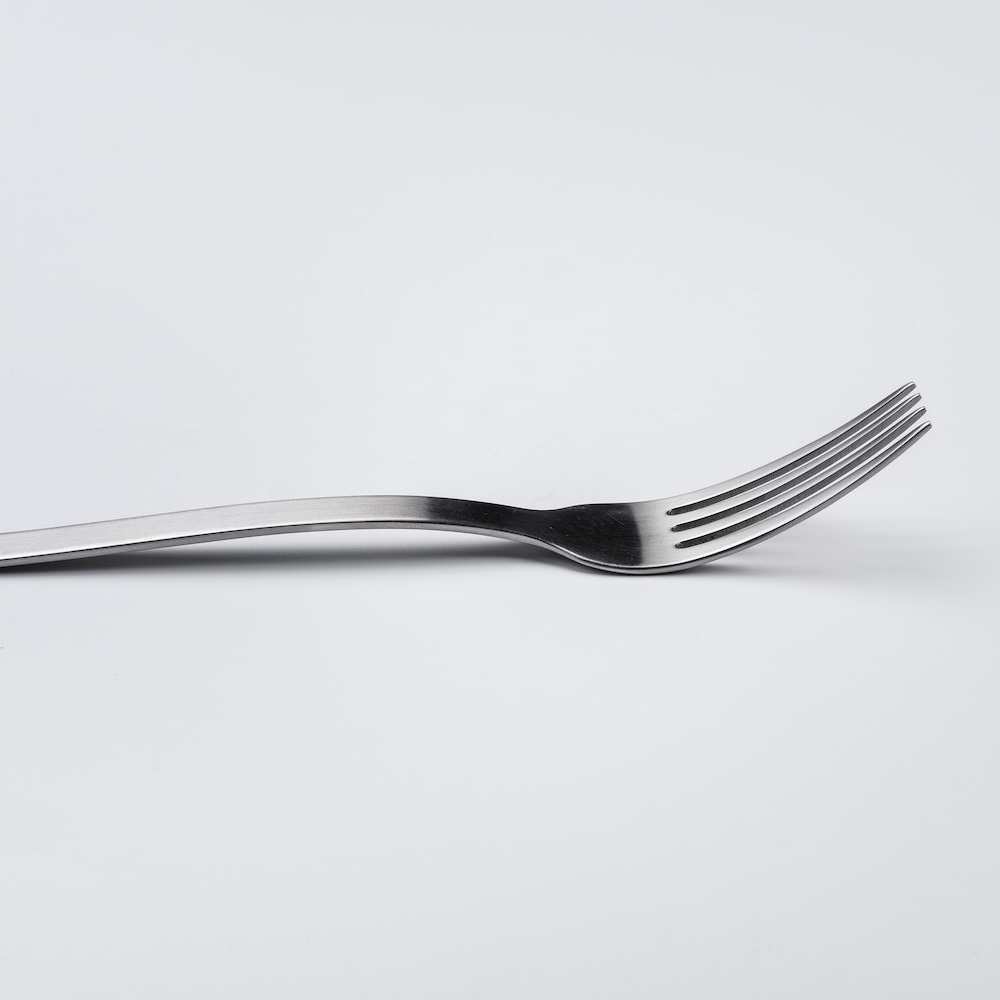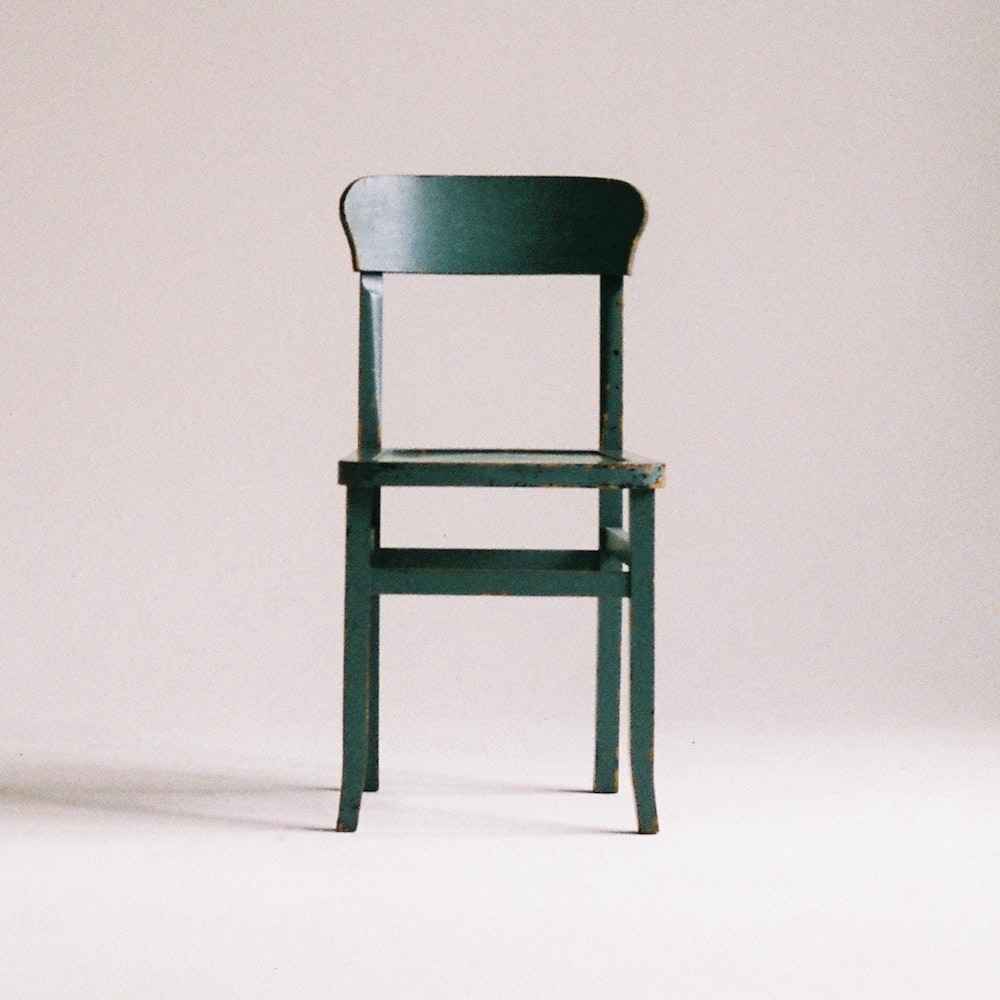Step Into the Waves
Now that you've tried the warm up inquiries, let's try a semi-open class inquiry:
Time Frame: 3-5 sessions for one cycle, longer if students are engaged
Grades: K-12, with modifications
The Goal: Develop core and curricular competencies
In Phase One, your class will develop their own authentic questions and explore them. This process is flexible, and it is important to be responsive to the twists and turns that will happen as your students dive in. In order to empower your students and let them take ownership of their inquiry process, this first inquiry allows small groups of students to pursue their own authentic questions. In future inquiries, depending on your goals, you might choose to supply the class with a question that grows out of their class work. This might be a very different way for your class to operate, so let go and try it!
Be intentional about building student engagement from the start of the inquiry
- Who are your students? What are they passionate about? What questions do they have about the world? What would they be doing if they weren’t in school?
Collect student questions about their passions
- Discuss open vs closed “yes/no” questions.
- Spark open-ended questions, using books, discussions, short videos, science experiments, schoolground curiosity walks, other assignments, etc.
- Collect and post all questions and group them into larger topics, or “question families”. Discuss the idea of “Goldilocks questions” - big enough to allow exploration, but not too big for students to make some progress. Most importantly, they should be real questions that your students care about.
- If many student questions coalesce around one larger question, your whole class might want to chase that question. Otherwise, you might allow student groups to choose any of the question families for their inquiry.
Phase Two is the exploration phase. Here you’ll act as a coach, while your students explore information and ideas, engage in discussions and decide where to go next. Again, the process is flexible and driven by your students’ interest! This is a great time to build those information and digital literacy competencies!
Research
- Brainstorm ways students might seek out answers to the question through:
- observation, science experiments, books, online sources (Discovery Education)
- personal interviews with family members, community experts and First Nations elders
- a “research morning”, where groups of students seek out and interview knowledgeable staff
- Students will need varying levels of support with their research.
Record
- Decide how your students will document their learning. Some classes use inquiry notebooks, chart paper, or a big KWL chart. Others prefer digital platforms like Teams or Google Docs to share data.
- A class inquiry board, like the one below, might be useful for everyone to see where your groups are working within the inquiry cycle. Students might write a few notes about their progress on a post-it and place it on the board each session to show how they’re doing.
| I. Choosing a Real Question | II. Where Will You Look for Answers? Record and Talk About What You Find! | III. What Will You Do with Your Answers? |
|---|---|---|
Reflect & Refine
- Short class meeting each session to check in with each group
- Skills based mini-lessons where necessary, e.g., “How to Conduct an Interview”, “How to Take Notes” or “Making a Speech”
- Refining the question? New questions?
- This is a new process for everyone! Be prepared to manage energy levels and emotions. This is a good place to talk about and practice SEL skills.
Phase Three is the action phase. Now that your students know and understand at least some of the possible answers to their question, what do they want to do?
Demonstrate Learning
- Some students might just present their question and answer to the class and start another short inquiry based on a new question.
- Some might want to create, invent or build something in response to what they’ve learned.
- Students often enjoy presenting their learning to an outside audience, such as other classes, teachers, or an expert from the community.
- Hopefully, your students will have many new questions, that will lead to new inquiries!
Assessment & Debrief Ideas:
- It’s important to note that the content of student inquiry is not assessed, only growth in the competencies.
- After groups have gone through at least one cycle of inquiry, students could write about and/or discuss their experience with the process.
- Core Competencies: You might choose to have students self-assess their learning using core competencies assessment tools, looking particularly at communication and critical/creative thinking.
- Curricular Competencies: As each group will be pursuing their own question(s), their work will touch on several courses’ curricular competencies. You might want to look at a group’s work, choose a few curricular competencies in which the group has shown growth and have them self-assess. See example assessment tools below:
Social Studies 8: I can assess the credibility of multiple sources and decide which ones to use in my inquiry.
| CHOOSE ONE: I can do this! I want to keep working on this This is my next step! |
| In our inquiry, we showed this by: |
English 8: I can combine ideas from different sources to build understanding.
| CHOOSE ONE: I can do this! I want to keep working on this This is my next step! |
| In our inquiry, we showed this by: |
Science 8: I can communicate ideas, information, and solutions to problems, using text, diagrams, graphs and digital technologies, as appropriate.
| CHOOSE ONE: I can do this! I want to keep working on this This is my next step! |
| In our inquiry, we showed this by: |


